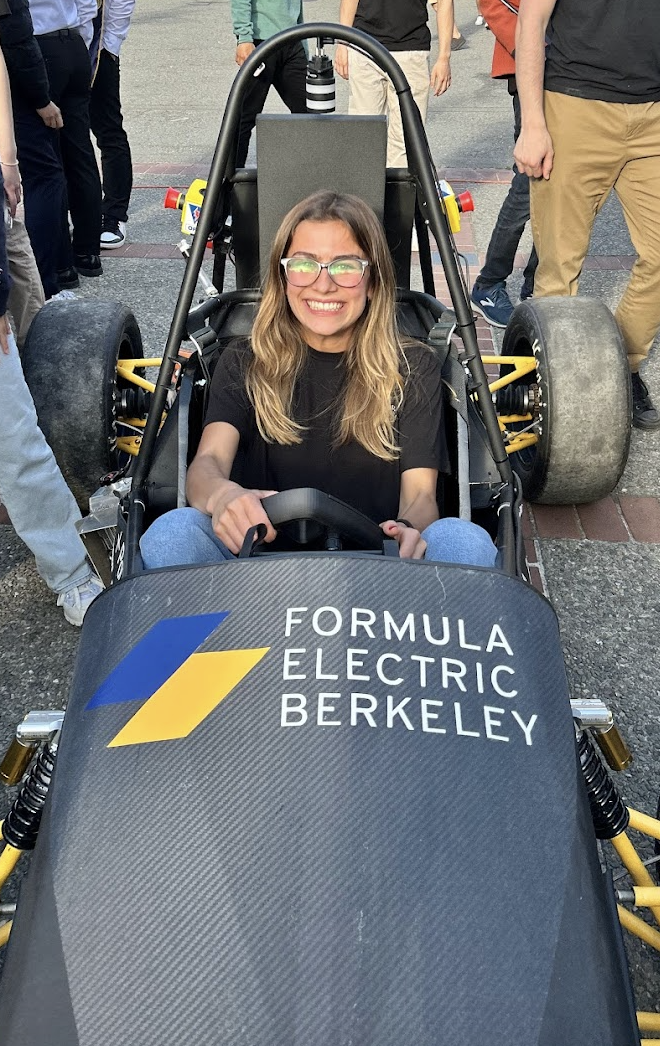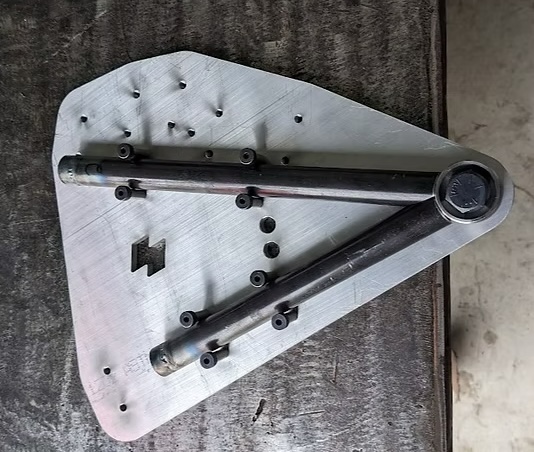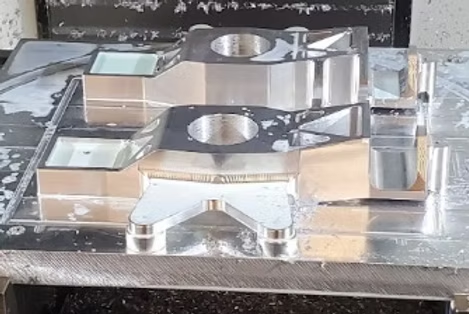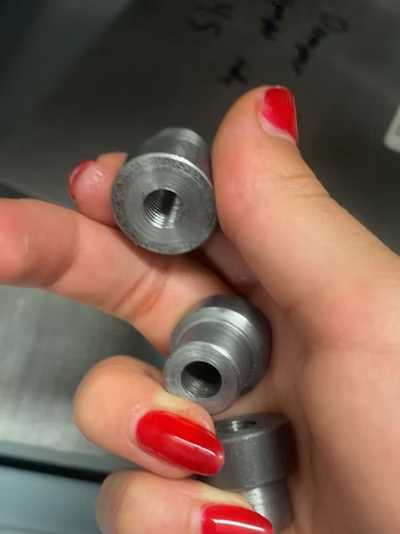The Problem
Prior builds showed tolerance stack-ups, inconsistent fixturing, and rework during assembly. The goal was a jig and process that locks to primary/secondary datums, reduces setup time, and delivers parts that assemble cleanly.
Challenge: Hold critical faces without distortion, preserve datums through operations, and manufacture the suspension system of the formula eletric car through processes.





